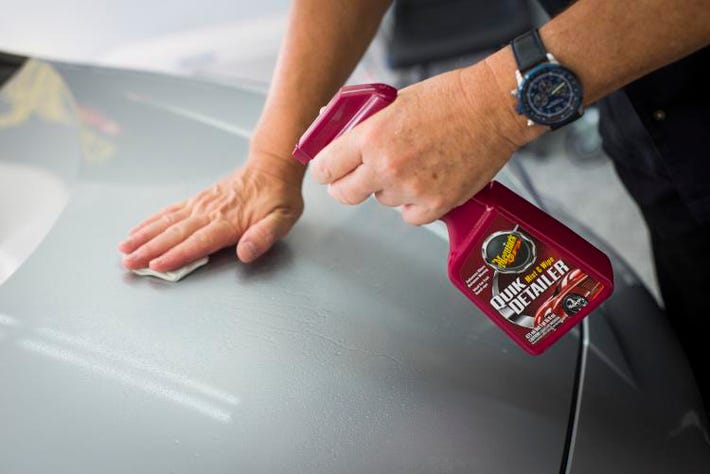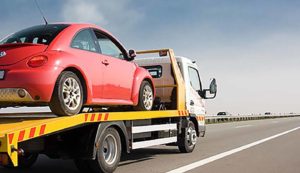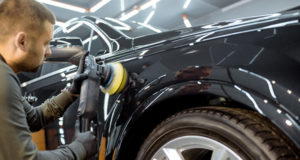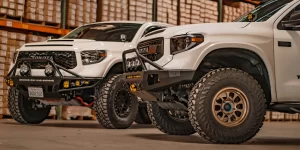
Winter is challenging for most drivers, especially concerning safety and mobility. According to Diamond Shield Management Korea review, winter accidents have caused over 1,300 mortalities and around 117,000 injuries annually. The road’s slippery ice, low visibility during snow, and snow buildup could pose accident risks for most motorists, so most cars need special gear to brace for the cold seasons.
Prevention is better than cure, so let’s discuss how you can prepare your car for winter driving to minimize the risk of accidents. Aside from deterring accidents, adequate preparation improves your car’s performance during the cold months.
Here are some of the things you need to prepare before driving:
1. Assess tire tread status with Penny Test
The tires determine how well your car can travel on the road, so it’s essential to check them before the winter season since there will be less friction, and your vehicle may skid during the cold months. You can inspect the threads during the oil change or do the Penny Test.
Here are the simples steps to do the Penny Test according to Diamond Shield Management Korea:
- Take a penny.
- Position your penny in such a way that Lincoln’s head faces you.
- Stick the penny on the tire tread until the top of Lincoln’s head is out of sight.
If you can no longer see the top of Lincoln’s head, your tire is still okay. If you can see his entire head in the groove, you should replace your car tires before heading out. People also opt to install winter tires, which are more expensive than regular ones.
2. Ensure appropriate tire pressure and pump air if necessary
Diamond Shield Management Korea has determined that tires with low air pressure can potentially be dangerous on slippery winter roads, so you should check the tire pressure before driving. It will help if you learn how to do this yourself since pumping air is often free at your local car shop or gas station.
3. Change oil and engine coolant
An oil change is essential because cold temperatures can make flow slower than usual, which can stress your engine out and cause issues for your motor in the long run. You add antifreeze or engine coolant to your radiator to prevent the car from freezing in cold temperatures and overheating in hot climates. Aside from temperature regulation, engine coolant prevents corrosion in the radiator.
You should change the antifreeze and oil as part of good maintenance practices, even during other seasons. Keep track of your usual changing schedule and ensure you are ready for winter.
4. Fortify your car exterior
Your car paint is vulnerable during the winter due to extreme temperatures and moisture, so you should add a protective layer to prevent cracking and other paint problems. Protective films can also help preserve the integrity of your car’s materials during the intense cold.
5. Keep an emergency supply in your car
Part of winter preparedness is expecting that help may not always arrive on time. You may become stranded or stuck in areas without immediate response, so you should equip for anything. In the case of an emergency, you should bring a first aid kit, light, food, and water aside from the usual extra tire and snow tools like a shovel.
Bottomline
Winter preparedness is essential for car owners since many accidents and other circumstances happen during winter. You could get stuck on a highway without help, so you must ensure your car is ready for a long journey in the snow or cold weather to prevent accidents while you’re on the slippery road.





